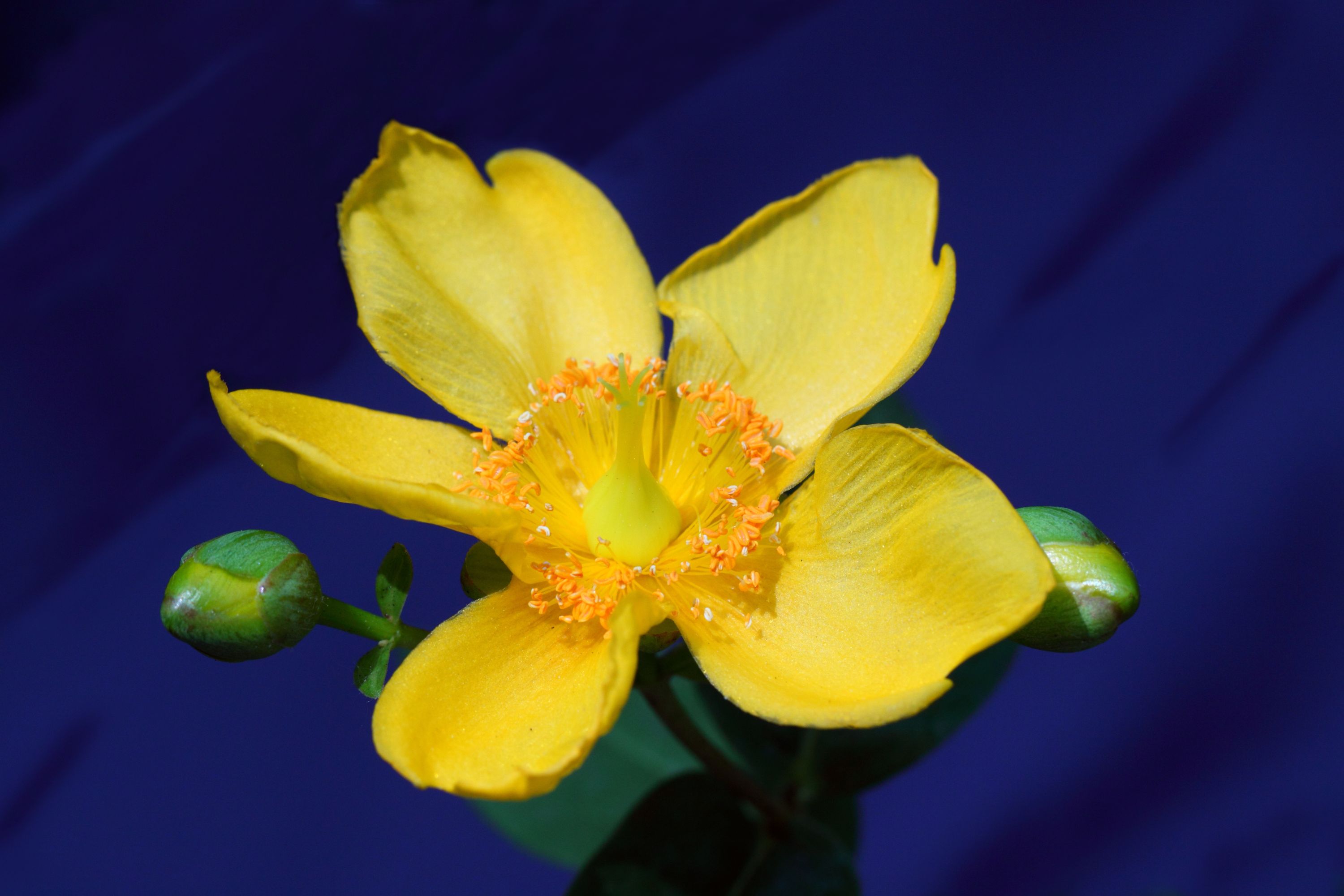Hypericum beanii
(Hypericum beanii)

Description
Hypericum beanii is a species of flowering plant in the family Hypericaceae that is found in China. Its flowers are yellow and bloom in summer. Hypericum is a genus of flowering plants in the family Hypericaceae (formerly considered a subfamily of Clusiaceae). The genus has a nearly worldwide distribution, missing only from tropical lowlands, deserts and polar regions. Many Hypericum species are regarded as invasive species and noxious weeds. All members of the genus may be referred to as St. John's wort, and some are known as goatweed. The white or pink flowered marsh St. John's worts of North American and eastern Asia are generally accepted as belonging to the separate genus Triadenum. Hypericum is unusual for a genus of its size because a worldwide taxonomic monograph was produced for it by Norman Robson (working at the Natural History Museum, London). Robson recognizes 36 sections within Hypericum. Hypericum species are quite variable in habit, occurring as trees, shrubs, annuals, and perennials. Trees in the sense of single stemmed woody plants are rare, as most woody species have multiple stems arising from a single base. Shrubs have erect or spreading stems but never root from nodes that touch the ground. However, perennial herbs tend to root from these horizontal nodes, especially those that occur in wet habitats. Annual herbs tend to have taproots with a developed system of secondary hair roots. Many species of Hypericum are completely glabrous, others have simple uniseriate hairs, and some species have long, fine hairs. Two types of glands form the characteristic punctiform patterns of Hypericum, "dark glands" and "pale glands". Dark glands consist of clusters of cells with a distinct black to reddish color. Their hue is indicative of a presence of naphthodianthrone, either hypericin or pseudohypericin, or both. These glands occur in about two-thirds of Hypericum sections and are usually restricted to certain organs. When these glands are crushed, the naphthodianthrones give a red stain. Paracelsus called the red secretions "Johannes-blut" in the 16th century, linking the plant to the martyr St. John and giving rise to the English and German common names of "St. John's wort". The pale glands, forming the pellucid dots, are each a schizogenous intracellular space lined with flattened cells that secrete oils and phloroglucinol derivates, including hyperforin.
Taxonomic tree:







